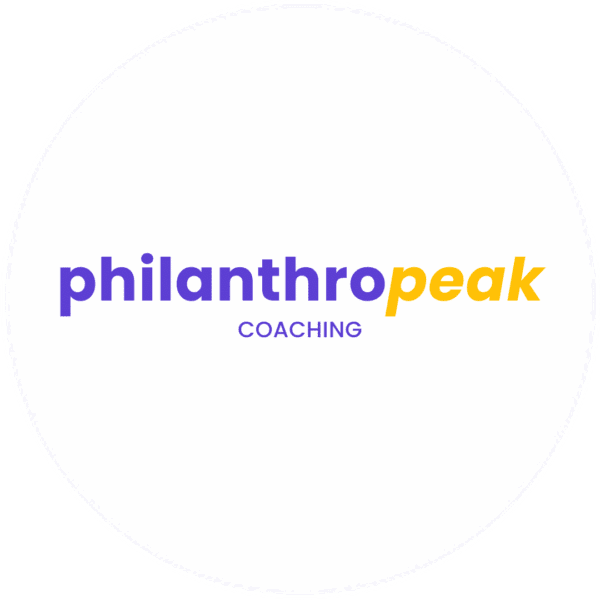Why do I flip out over a Slack ping?
Why do I ghost that one email?
Why do I melt down at 3pm… then beat myself up by 7?
That, right there, is emotional regulation ADHD style.
It’s not about being too emotional. It’s about having a nervous system that hits the gas way faster than it hits the brakes.
If you’re an ADHD entrepreneur, you’ve probably noticed how fast emotion shows up — and how long it takes to leave.
It’s not your mindset. It’s not your mood.
It’s your wiring.
And it can wreck your productivity, leadership, and cashflow if you don’t learn how to manage it — ADHD-style.
Let’s talk emotional regulation ADHD struggles and how coaching can help you stop blowing up, shutting down, or spinning out in your business.
What Emotional Regulation Really Looks Like with ADHD
First off — let’s call it what it is.
Emotional regulation ADHD struggles aren’t “mood swings.”
They’re spikes. Floods. Shutdowns. Delays. Loops.
You know it as:
-
Snapping at your VA when something breaks
-
Crying after a “quick feedback” call
-
Overreacting to a calendar change
-
Ghosting tasks because the anxiety spike wiped you out
Here’s what’s happening:
-
ADHD affects impulse control and emotional filtering
-
Signals come in hot, fast, and loud
-
Your brain can’t slow the reaction down in time
So you feel it now, react fast, and struggle to come down.
That’s not drama. That’s executive dysfunction.
And if you’re running a business, unregulated emotion kills momentum.
Why Emotional Dysregulation Blocks Productivity at Work
Most productivity tools ignore this piece.
It’s not that you need another app — it’s that your nervous system needs less pressure.
How emotional regulation ADHD issues show up at work:
1. Flooding = Freeze Mode
You get one email → brain spirals → to-do list vanishes.
The day crashes before it starts.
2. Triggers → Avoidance
Someone critiques your work.
You hear “You suck.”
Now you’re procrastinating for 3 days.
3. Frustration Feels Personal
Slack crashes. Canva lags. Internet dies.
You’re not just annoyed — you’re mentally shut down.
ADHD lowers frustration tolerance and heightens reactivity.
When your nervous system is unregulated, your productivity tanks.
Why Typical Emotional Advice Doesn’t Work for ADHD
“Just stay calm.”
“Breathe.”
“Respond, don’t react.”
That advice assumes your brain can pause. But ADHD brains fire faster than they filter.
Here’s why neurotypical tools don’t stick:
-
Not enough delay between feeling and action
-
Emotional intensity is higher and harder to regulate
-
Suppression creates masking — not resilience
You don’t need to control emotion. You need to design around it.
That’s why emotional regulation ADHD strategies need:
-
External structure
-
Visual prompts
-
Body-based cues
-
Coaching support
It’s not about fixing you. It’s about building systems that work with your brain.
ADHD Coaching Tools for Real-Time Emotional Regulation
Let’s break this down.
Here are coaching-based tools that help manage emotional regulation ADHD without turning you into a robot.
1. Name the Feeling Fast
Say it out loud:
-
“This feels like rejection.”
-
“I’m in panic mode.”
-
“I’m frustrated and can’t focus.”
Naming creates distance.
That gap gives you room to act instead of react.
2. Map Your Triggers Visually
Write them down:
-
Criticism
-
Unexpected changes
-
Tech glitches
-
High-pressure decisions
When you see your triggers, you can spot them before they hijack you.
3. Use Micro Reset Routines
Don’t wait for a meltdown.
Build a fast reset like:
-
Step away from the desk
-
Exhale for 10 seconds
-
Say: “This is just activation — not truth”
-
Re-approach the task differently
Coaching strategy: rehearse these resets weekly.
4. Track Body Cues
Watch for:
-
Shoulder tension = bracing
-
Fidgeting = escalation
-
Mental fog = shutdown
Your body knows before your mind does.
Use it as your early-warning system.
5. Weekly Emotional Check-Ins
Inside The ADHD Business Compass™, we coach founders to track:
-
What triggered you this week?
-
Where did you react, not respond?
-
What system tweak could help?
This habit makes emotional regulation ADHD a leadership skill — not a liability.
The ROI of Emotional Regulation ADHD Coaching
This isn’t just about peace of mind. It’s about profit.
When you manage your emotional regulation ADHD, you:
-
Bounce back faster from conflict
-
Delegate more clearly
-
Avoid email spirals and avoidance cycles
-
Show up with calm leadership
That = trust, retention, and speed.
All of which = more revenue.
3 Tiny Coaching Habits That Shift Emotional Patterns
These take under 5 minutes. Start today.
1. The 2-Sentence Reframe
When triggered:
“This is real, but it’s not permanent.”
“I can pause and pick a better next move.”
2. The 3PM Nervous System Check
Ask:
-
How’s my energy?
-
What am I holding emotionally?
-
What can I close today — even if it’s small?
3. One Visual Anchor
-
Sticky note: “Name. Pause. Choose.”
-
Colour card: green = grounded, red = dysregulated
-
Whiteboard with your “emotional backup plan”
When your emotional regulation ADHD systems are visual and consistent, your workflow stabilises.
Why Coaching Outperforms Solo Tools
YouTube hacks only go so far.
Your brain still falls into the same loop.
Coaching changes that because:
-
You get a mirror for your patterns
-
You get structured feedback weekly
-
You get context-specific tools built around your life
Inside The ADHD Business Compass™, we don’t “hope” you regulate.
We build:
-
Emotional trigger maps
-
Reframe templates
-
Nervous system-aware scheduling
-
Systems that catch you when your brain bails
This is emotional regulation ADHD strategy at the root level.
FAQs: Emotional Regulation ADHD for Entrepreneurs
What does emotional regulation look like with ADHD?
It means pausing long enough to choose your next move — even when triggered. With ADHD, that pause needs to be built into your system, not left to chance.
Can coaching help me stop shutting down?
Yes. We don’t fix the shutdown. We build structures around it so you reboot faster, without shame.
Is this a therapy replacement?
No. Coaching focuses on forward action and systems. It complements therapy but doesn’t replace it.
How fast does this affect my business?
Usually within 2–4 weeks, you’ll notice more emotional space, fewer shutdowns, and more consistent task follow-through.
Where can I get more support?
Check out ADDitude Magazine ADHD resource for helpful articles and tools.
Final Thoughts: You Don’t Need Less Emotion — You Need Better Systems
You’re not too emotional. You’re under-supported.
Emotional regulation ADHD isn’t a weakness. It’s a signal.
It means your current systems don’t protect your focus.
That’s what we change inside The ADHD Business Compass™.
We build:
-
ADHD-friendly leadership systems
-
Emotional safety nets
-
Clarity routines that don’t collapse under stress
This isn’t about becoming calmer. It’s about becoming clearer — even on your hardest days.
Let’s build a business that works when you feel great and when you don’t.
Your brain’s not broken.
It just needs better strategy.





